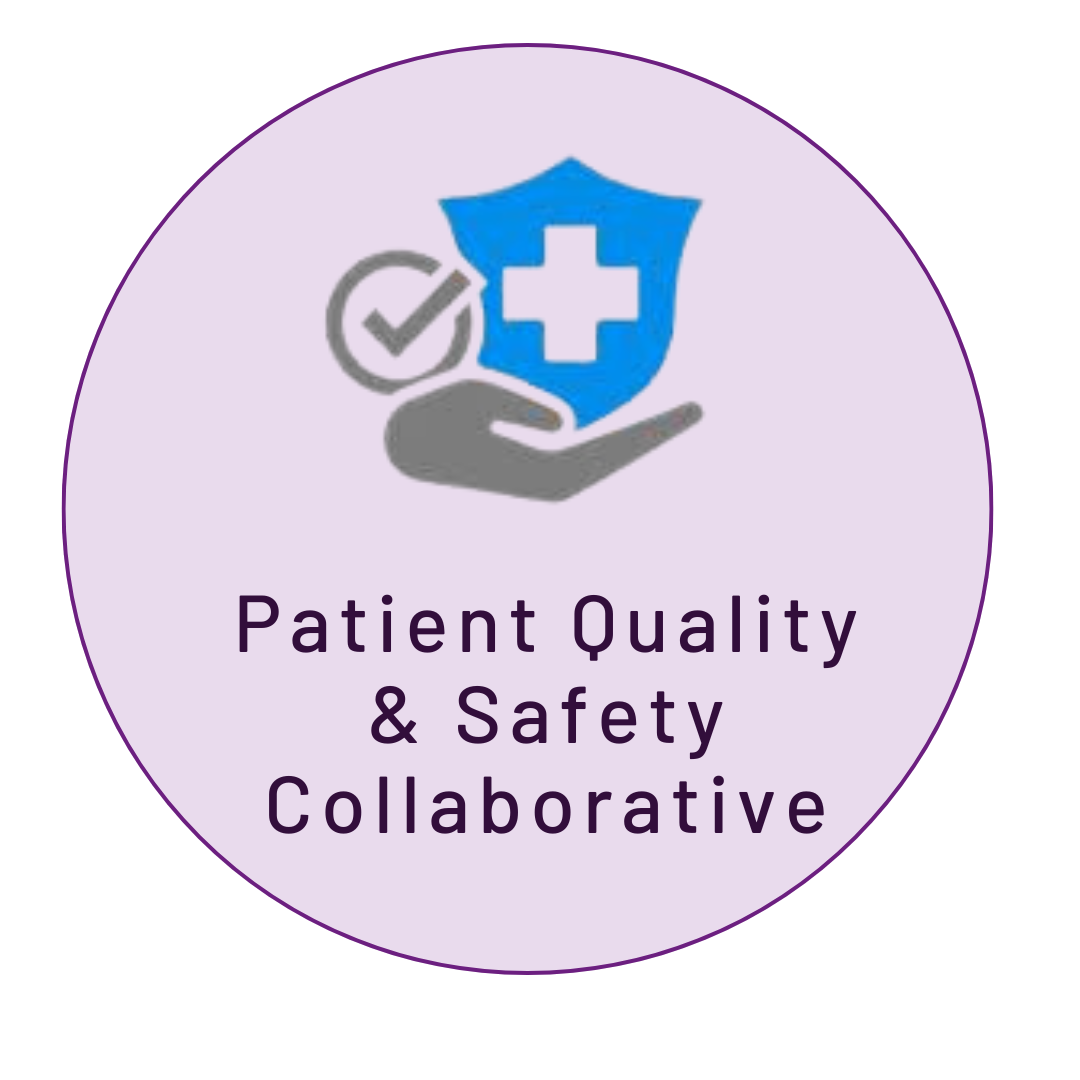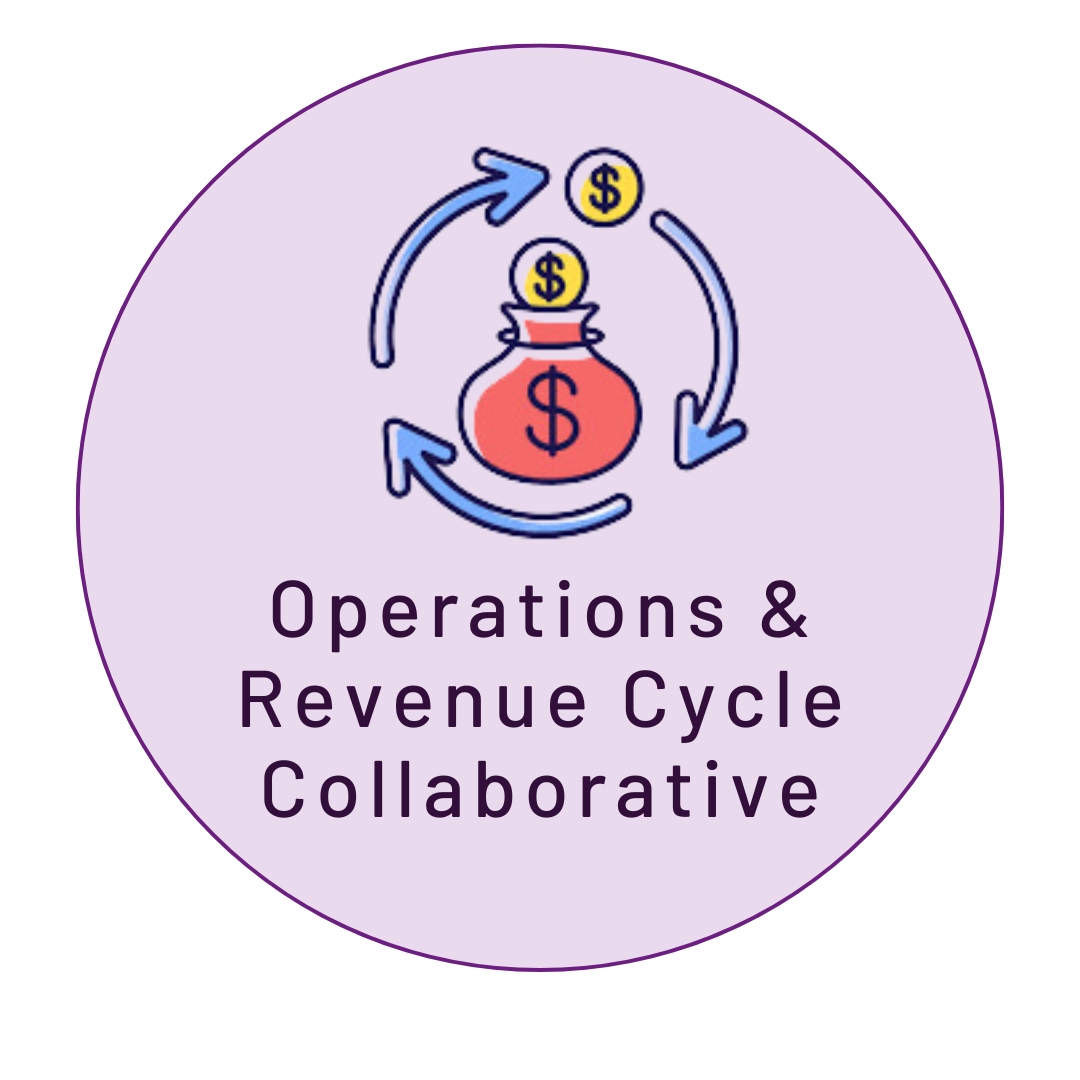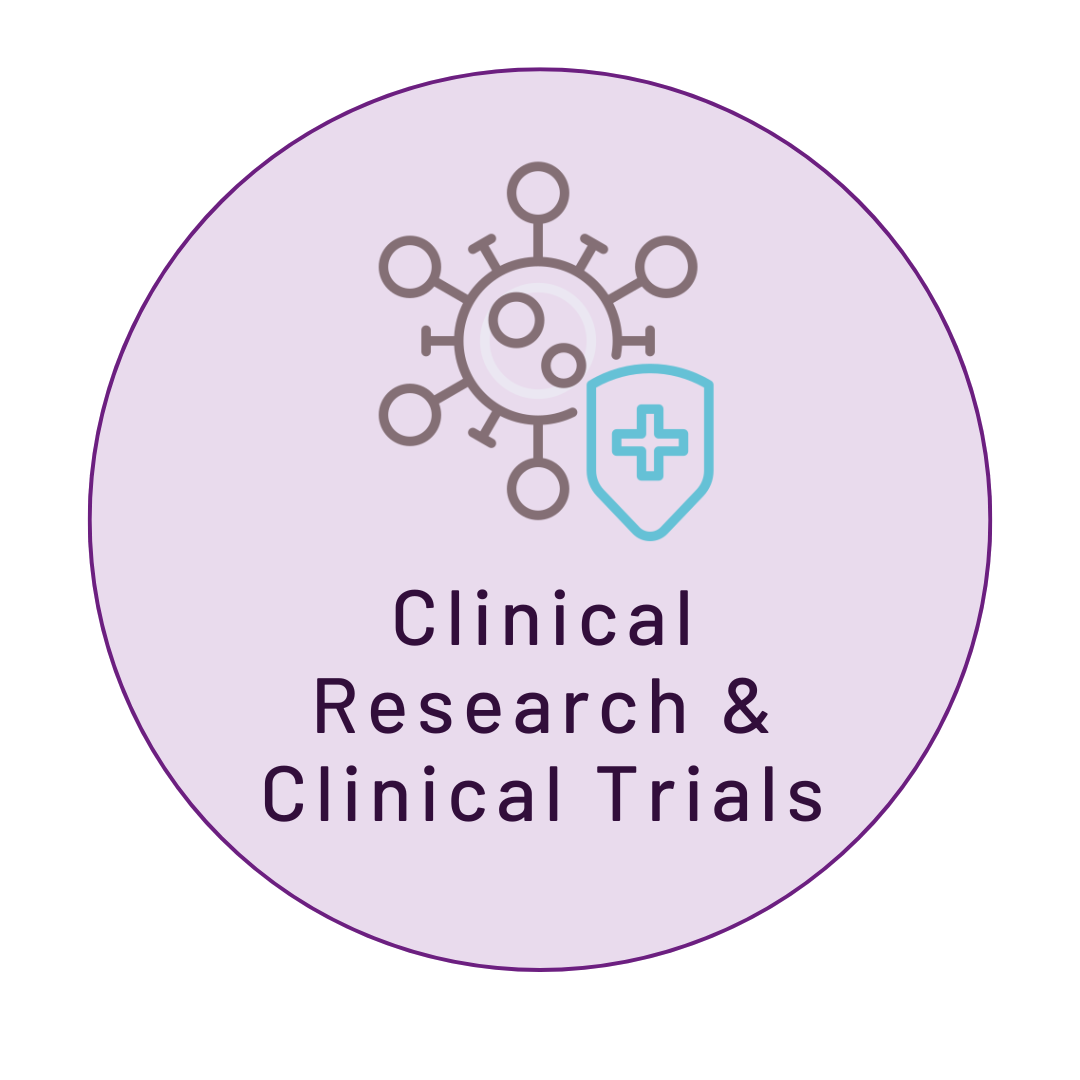Cognome Collaboratives
Empowering Healthcare AI with Peer Collaboration
Join a community of Healthcare AI & ML Practitioners Enhancing Patient Care, Operations, and Research
Share and problem-solve with health system peers
The Cognome Collaboratives offer AI solutions that address the specific needs of healthcare organizations. Whether you are focused on improving patient safety, optimizing operations, or advancing clinical research, our AI models provide tailored solutions that improve decision making, streamline processes, and deliver measurable outcomes.
-
Collaborate with Peers
Collaborate with Peers, get answers to questions, build best-in-class models
-
Get Access to Models
Kickstart your deployment, refine what you have and gain access to a library of entirely new models
-
Reduce Risk & Build Responsible AI
Get guidance and feedback from Healthcare Data Scientists, Informaticists, Developers and Privacy experts
Our three main Collaboratives are designed to align with the unique challenges and goals of healthcare organizations, ensuring that AI technology delivers actionable insights and measurable improvements.
Collaboratives: Key Features
All models are deployed locally (on prem or in your own cloud). No data ever leaves your system.
All models within a collaborative are open - including visibility into how the models are built and how they make predictions.
Any model you use will be trained on your data to optimize performance.
Models are Large Language Models (LLMs) or predictive Machine Learning (ML) Models - and sometimes both.
You can see model details at our full list of Cognome's AI & ML models. New models are added regularly.

Achieve More with The Cognome Network
Federated Data Training
Elevate model performance by connecting complementary training data sets through our Federated Training Data Network
Peer & Partner Support
Collaborate with your peers as well as Cognome's data scientists, informaticians and developers.
Professional Services Team
Leverage Cognome's professional services team to assist with installation, integration and optimization.
For a limited time, join any Collaborative and gain access to all!
Three Collaboratives Tailored to Different Use Cases
Patient Quality and Safety Collaborative
AI-driven solutions designed to enhance clinical decision support and improve patient outcomes. Our models focus on improving diagnostic accuracy, identifying potential risks early, and providing real-time insights to clinicians, helping them make better-informed decisions.

Sepsis Predictor, Surveillance + Reporting Bundle
Identify, keep track of and report Sepsis cases. This bundle has the lowest flag rate in the industry and will relieve your chart abstraction team from time consuming regulatory reporting. Save lives, reduces alert fatigue, and improves regulatory complaince. Peer reviewed here.
Predict Readiness for Surgery
This model assigns ASA-PS classifications uniformly across all patients so you can clearly evaluate whether or not your patient is ready for surgery. Peer reviewed in the Journal of Clinical Anesthesia.
Respiratory Failure Predictor
This early recognition model predicts ARDS allowing care teams to intervene sooner and prevent poor or worsening outcomes. Peer reviewed in the National Library of Medicine.
Operations and Revenue Cycle Collaborative
Our AI models streamline operations and enhance revenue cycle management by optimizing resource allocation, automating workflows, and improving billing accuracy. With AI, healthcare providers can achieve greater operational efficiency, reduce costs from manual tasks especially for nurses and doctors, and improve profitability.

Case Cancellation
This model predicts patients that are "no show" risks for an appointment or procedure. A single clinic at one of our clients saw $500,000 increase in revenue during the first 6 months alone.
AutoChart
is both a machine learning model plus an LLM. Train AutoChart to do any chart abstraction currently being performed manually. A collaborative member reduced nurse chart abstraction hours for American College of Surgeons' NSQIP registry by 90%. AutoChart not only saves time and money but also reduces burnout among clinical staff.
Length-of-Stay (LoS) Predictor
Accurately plan for patient discharge while delivering a better patient and family experience. Proactively address medical, behavioral health, and SDOH issues.
Clinical Research and Clinical Trials Collaborative
AI is revolutionizing clinical research and trials by enabling data-driven decision-making, improving recruitment processes, and identifying patient cohorts for trials more effectively. Our AI models help researchers streamline workflows, analyze large datasets, and gain valuable insights faster.

Clinical Trial Matching
Give this model access to your patient charts and it will show you which ones qualify for your clinical trials. The model provides a comprehensive (human readable) write up of why each patient meets or does not meet the trial criteria.
Cognome I/O
This is the foundation system on which you can build your own models. It takes data from across your ecosystem and makes it available for research and for model creation.
Cognome Search
sits on top of Cognome I/O or any OMOP database and allows cohorts to be created (or uploaded) and studies to be made based on an almost limitless number of inclusion and exclusion criteria.
Ready to explore how our collaboratives can transform your healthcare organization?
Seamless Integration with Healthcare IT Systems

Cognome’s AI models are designed with seamless integration in mind, ensuring that they work within your existing IT infrastructure. Our solutions integrate effortlessly with Electronic Health Records (EHR) platforms like Epic, Cerner, and other healthcare management systems, providing real-time data insights without disrupting current workflows.
Benefits:
- Minimal Disruption: Implement AI models without the need for extensive system overhauls.
- Enhanced Data Utilization: Leverage your existing healthcare data to drive actionable insights and improve decision-making.
- Smooth User Experience: Clinicians and operational staff can seamlessly incorporate AI-driven insights into their daily workflows.
All data is hosted in your environment either on-premises or in your cloud.
Clinically Validated Models for Better Outcomes
At Cognome, we understand the importance of clinical validation in healthcare. Our AI models undergo rigorous validation processes to ensure that they are not only effective but also reliable and safe for real-world applications. By prioritizing clinical decision support and ensuring that our models are aligned with healthcare regulations, we provide solutions that healthcare organizations can trust.
Clinically validated AI models for accurate and actionable insights
Models designed to meet healthcare regulations such as HIPAA and GDPR
Transparent and interpretable models that build trust among clinicians and patients
Scalability and Adaptability for Long-Term Growth
Healthcare organizations need solutions that can evolve with their changing needs. Cognome’s AI models are built for scalability and adaptability, ensuring that as your organization grows, your AI solutions can scale to meet new demands.
Whether expanding to new locations or adopting new technologies, our models provide continuous value and support long-term growth.
Advantages:
- Easily scale AI solutions across different departments or facilities.
- Adaptable to future technologies and evolving healthcare needs.
- Long-term ROI with minimal ongoing maintenance or reconfiguration.

Interested in learning more?
AI Ethics and Governance in Healthcare
AI in healthcare must adhere to high ethical standards, ensuring trustworthiness, transparency, and accountability. Cognome prioritizes AI ethics by providing models that are explainable, fair, and aligned with regulatory standards. Our AI governance framework ensures that our solutions not only meet but exceed industry standards for ethical AI deployment.
-
Transparency
Clear explanations of how AI models work and make decisions.
-
Fairness
Ensuring models are free of biases and treat all patients equally.
-
Accountability
Models that can be audited and tracked for compliance with healthcare regulations.
Frequently Asked Questions (FAQs)
What are the Cognome Collaboratives?
Cognome Collaboratives are suites of AI-models designed specifically for healthcare organizations. These AI models help improve patient care, operational efficiency, and clinical research. By focusing on clinical decision support, patient safety, AI ethics, and data-driven decision-making, Cognome’s Collaboratives enable healthcare providers to leverage artificial intelligence effectively to enhance care quality and operational performance.
How does Cognome's AI improve patient care?
Cognome's AI models are built to enhance clinical decision support systems, enabling healthcare professionals to make more accurate diagnoses and treatment decisions. Our models provide real-time, actionable insights that improve patient safety and reduce medical errors. By using advanced AI interpretability and AI transparency, our solutions ensure healthcare professionals trust AI recommendations and integrate them into their workflow, leading to better patient outcomes and overall care quality.
Can Cognome’s AI models be used for clinical research?
Yes, Cognome’s AI models are specifically tailored to improve clinical research and trials. By leveraging AI-driven data analysis, our solutions help researchers identify patterns and trends that drive better decision-making. Our AI tools streamline the patient recruitment process, helping to select appropriate participants more efficiently, reducing the time and cost associated with clinical trials. Our models also support data-driven healthcare and provide predictive insights that enhance the quality and speed of clinical research.
Can Cognome's AI solutions integrate with my existing healthcare IT systems?
Yes, Cognome’s AI solutions are designed for seamless AI integration with existing healthcare IT systems like Epic, Cerner, and other Electronic Health Records (EHR) systems. Our AI models work with your current technology infrastructure, minimizing disruption and facilitating the smooth flow of information. This seamless integration ensures that healthcare organizations can use AI-driven solutions to enhance decision-making without having to overhaul their existing systems, leading to faster adoption and more efficient workflows.
Are Cognome’s AI solutions compliant with healthcare regulations?
Yes, Cognome’s AI models are fully compliant with key healthcare regulations such as HIPAA and GDPR, ensuring the protection and privacy of patient data. We prioritize AI governance by adhering to the highest standards of AI ethics and regulatory compliance. Our solutions are developed to ensure that sensitive healthcare data is processed securely, while meeting all legal requirements. This compliance guarantees that healthcare organizations can use AI confidently and safely.
How quickly can I implement Cognome’s AI solutions?
Cognome’s AI solutions are designed for quick deployment with minimal disruption to your existing operations. We offer ready-to-deploy AI models that integrate seamlessly into your healthcare infrastructure. The implementation timeline may vary depending on your organization's specific needs, but our solutions are built to accelerate adoption and minimize downtime. Whether you’re focusing on AI for patient safety, AI in healthcare operations, or clinical decision support, our models ensure a smooth and efficient rollout.
How does Cognome ensure AI ethics and governance in healthcare?
Cognome places a strong emphasis on AI ethics, ensuring that all of our models are transparent, fair, and accountable. Our AI solutions leverage ExplainerAI™ our proprietary dashboard that offers clear insights into how predictions are made. We focus on eliminating AI bias and ensuring fairness in decision-making processes to support responsible AI. Our AI governance framework ensures compliance with healthcare regulations and provides the necessary auditability to track model performance. This ethical approach fosters trust and confidence among healthcare providers and patients alike.
Still Have Questions?
Use the "Contact Us" form below to request a demo and discuss how Cognome’s AI-driven solutions can transform your healthcare organization. Let’s collaborate for better healthcare outcomes!
%20Learning%20Healthcare%20480x120.webp?width=480&height=120&name=Cognome%20logo%20-%20(Machine)%20Learning%20Healthcare%20480x120.webp)